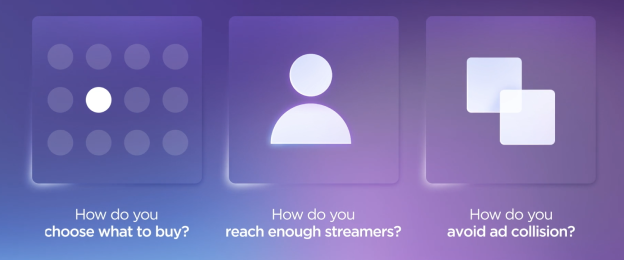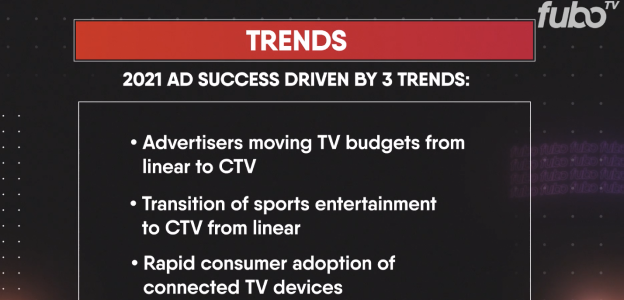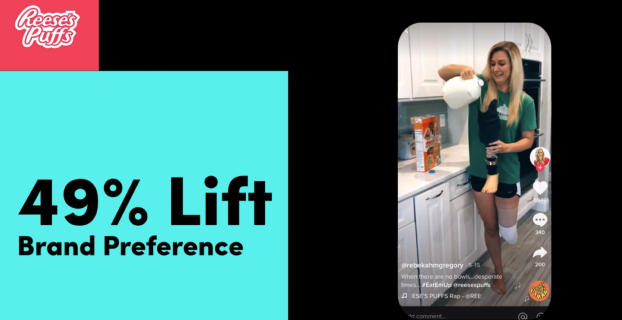In a world of cable cord-cutters and vertical video viewers, NewFronts is now the new normal
By the time Disney finally found its way with the “Star Wars” spinoff hit, “The Mandalorian”, consumer preference for streaming video content had become too powerful a force to ignore. At this year’s annual NewFronts, held virtually on May 3-6, attendees reached a similar conclusion about the promise and pervasiveness of streaming: This is the way, agreed a line-up of digital publishers, connected TV makers, media partners and brands looking to share and find marketing inspiration.
Started in 2008 by Publicis agency, Digitas, to ignite a conversation around digital content’s promising future, NewFronts grew from an idea ahead of its time to an event that reflects most American’s viewing behaviors and content consumption habits. Recognizing the massive shift away from linear television, Interactive Advertising Bureau (IAB) CEO, David Cohen, whose organization has run NewFronts since 2013, noted during a closing segment that a convergence between NewFronts and the upfronts was already underway. In recently consolidating Hulu under its operations, Disney took away one of the NewFronts’ original rising stars. Hulu will join the Disney Upfront on May 18th.
Underneath the main headline that streaming video content is in fact eating the world, here are three other big takeaways from the 2021 NewFronts:

Connected Television: Buy the Streaming Platform
America’s number one streaming service, Roku, opened with a data-rich presentation about the new era of streaming TV. Allison Levine, VP of Ad Revenue and Marketing Solutions, noted that last year for the first time the 18-34 age group spent more time on streaming TV than on linear TV (i.e., cable, antenna, or satellite TV) and that 90 percent of the top AdAge 200 Brands now advertise through Roku’s connected televisions and streaming devices.
To further illustrate the growth of streaming television, Roku compared its performance against social media channels, pointing out that consumers spend more time streaming content than all social media time combined, outperforming Instagram, TikTok, and Snapchat combined at a rate of 2.5x, Facebook at 3x, and YouTube at 2x.
Along with Roku, companies such as Samsung and VIZIO touted how their connected televisions have evolved to become the best foundational advertising platforms for reach and audience targeting, powered not by cookies but machine learning and ad-supported free content. Samsung pitched the added benefits of its “device-powered ecosystem” with tracking via phone, laptop, tablet and tv. VIZIO noted that 37% of consumers are interested in making a purchase from a streaming platform directly from their television.

Key Takeaway: Connected television manufacturers are taking over linear television’s advertising primacy, and advertisers are being encouraged to try new ad units like the “hero unit” found atop streaming channel guides or to sponsor specific streaming channels that align with their audience’s values.
Community Commerce: Make TikToks Not Ads
As connected televisions become foundational to marketing plans at a data-driven level, the social media channel TikTok offered a compelling cultural alternative to watching television shows over the Internet. As Sandy Hawkins, GM TikTok Global Business Solutions North America, said, TikTok is “home to a new generation of commerce disruptors, collapsing the funnel by bringing discovery and commerce closer together.”
Users are already spending a movie’s worth of time every day on TikTok. The combination of a stir-crazy creator class and the “most engaged community on the planet”, makes the app a rich source for user-generated content and social listening. Several brands noted that whenever sales spike, the first thing they do is check if a TikTok video about their product has gone viral, as was the famous case with a pair of Aerie’s leggings. For wellness cosmetic brand Burt’s Bees, fans created 861,000 TikTok videos during a recent campaign.

Key Takeaway: According to a survey by Adweek-Morning Consult, 49 percent of TikTok users have made a purchase after seeing a product or service advertised on the app. Furthermore, 15% of adults and 36% of Gen Z admit to having made purchases based on recommendations made in a TikTok video.
Collaborative Content Creation: Mission Alignment
For fans of data-informed and media-fueled creativity, presentations by Vice, Condé Nast, Buzzfeed, Twitter, Meredith, and Digitas explored different ways to create video content and establish collaborative partnerships that align with an audience’s values and passions.
Following up last year’s debut of the long-form video documentary, “A Woman’s Place”, about female chefs trying to make it in a male-dominated industry, Digitas showcased another KitchenAid partnership this year called, “Eat the Book”. The four-episode video series features a well-known chef preparing a dish described in a popular book selected for Reese Witherspoon’s book club. The show’s host, actress Christina Milian, joins the chef and book’s author to prepare the dish using KitchenAid appliances.
During the NewFronts, KitchenAid brand manager, Priyanka Rathore, said, “…this was one of the best projects where I’ve seen collaboration bringing reach to new audiences and making deep connections with them that traditional advertising won’t deliver.”
Key Takeaway: Participants at NewFronts are realizing the importance of brand studios to help round out their offerings to marketers interested in producing original content. FuboTV and Roku both announced new brand studios to compete with the more established digital publishers.
